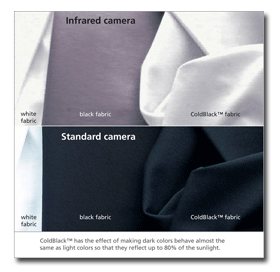CleanRest®, a brand of
allergen-blocking mattress and pillow encasements manufactured by East Providence, R.I.-based
CleanBrands LLC, has received the Rhode Island Innovation of the Year Award, one of a group of
awards bestowed annually by the Rhode Island Economic Development Corp., Providence Business News
and the Tech Collective to recognize innovative products, individuals and organizations.
The awards were inaugurated in 2006
and include Innovation of the Year, Innovator of the Year, Student Innovator, Rising Star
Innovator, Innovation Champion and the Collaborative Innovation Award.
CleanRest utilizes CleanBrands’
MicronOne™ patented technology, which produces a microfiber polyester fabric with a breathable
urethane-based coating that reduces pore sizes to 1 micron or less, with a mean pore size of 0.125
microns
(See Quality Fabric Of The Month: “Sleep Protection For Asthma Sufferers,” August 2007, www.
TextileWorld.com). The pore size is small enough to block transmission of
virtually all allergen particles that may settle into bedding and plague people who suffer from
night-time asthma or other airborne allergies, yet it allows moisture vapor to pass through to help
maintain a comfortable sleep environment. The encasements are the first to be certified asthma
friendly® by Allergy Standards Ltd. in partnership with the Asthma and Allergy Foundation of
America.
“We are pleased to receive such a
high honor from this prestigious Rhode Island organization,” said Gary Goldberg, CleanBrands
founder. “Rhode Island is a vital creative community of like-minded entrepreneurs, artists and
technologists who are breaking new ground and hatching new ideas and products daily. CleanRest is
pleased to be part of such a terrific and thriving community.”
October 9, 2007





